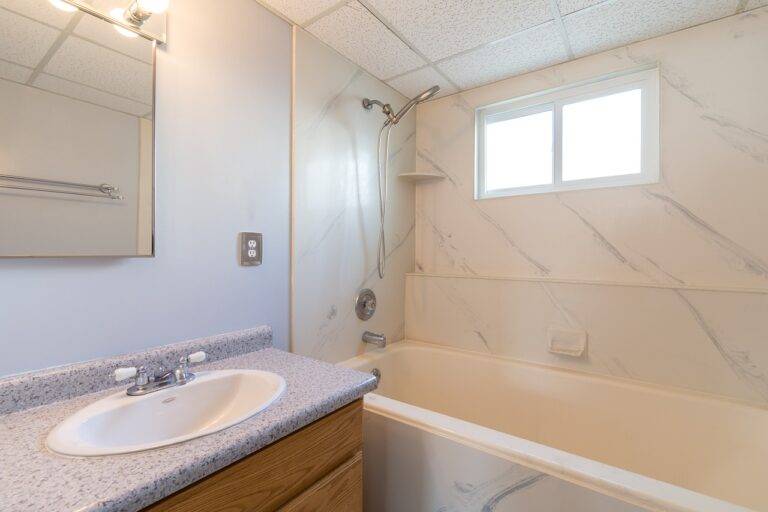Designing a Vertical Herb Wall Garden for Culinary Delights
Vertical herb wall gardens have become increasingly popular in recent years for both indoor and outdoor spaces. Not only are they visually appealing, but they also provide a practical solution for growing fresh herbs in a limited space. In this comprehensive guide, we will discuss the benefits of designing a vertical herb wall garden for culinary delights, as well as provide step-by-step instructions on how to create your own.
Benefits of Vertical Herb Wall Gardens
Vertical herb wall gardens offer a multitude of benefits for home cooks and garden enthusiasts alike. Some of the key advantages include:
1. Space-saving solution
Vertical herb wall gardens are perfect for small spaces, such as apartments, balconies, or kitchens with limited counter space. By utilizing vertical space, you can grow a variety of herbs without taking up valuable real estate.
2. Easy access to fresh herbs
Having a vertical herb garden right in your kitchen or outdoor cooking area allows you to easily snip off fresh herbs whenever you need them. This not only enhances the flavor of your dishes but also saves you money on store-bought herbs.
3. Health benefits
Growing your own herbs ensures that they are free from pesticides and other harmful chemicals. Plus, having easy access to fresh herbs encourages you to incorporate them into your meals, boosting the nutritional value of your dishes.
Designing Your Vertical Herb Wall Garden
Now that you understand the benefits of vertical herb wall gardens, let’s dive into the steps to create your own:
1. Choose a suitable location
When selecting a spot for your vertical herb wall garden, consider factors such as sunlight exposure, moisture levels, and accessibility. Ideally, choose a sunny spot that receives at least 6-8 hours of sunlight per day for optimal herb growth.
2. Select the right herbs
Not all herbs thrive in a vertical growing environment, so it’s important to choose the right herbs for your herb wall garden. Some herbs that do well in vertical gardens include basil, mint, thyme, parsley, and oregano.
3. Choose a suitable vertical garden system
There are various vertical garden systems available on the market, ranging from DIY options to pre-made kits. Consider factors such as size, material, and drainage when choosing a vertical garden system for your herbs.
4. Plant your herbs
Once you have selected a location and vertical garden system, it’s time to plant your herbs. Make sure to follow the planting instructions for each herb, including spacing, watering, and sunlight requirements.
5. Maintain your herb wall garden
Regular maintenance is essential for the health and longevity of your vertical herb wall garden. Make sure to water your herbs regularly, prune them as needed, and keep an eye out for pests or diseases.
6. Harvest your herbs
When your herbs are mature and ready for harvest, be sure to snip off leaves as needed. Harvesting your herbs regularly will encourage new growth and ensure a continuous supply of fresh herbs for your culinary delights.
FAQs
Q: How often should I water my vertical herb wall garden?
A: The frequency of watering will depend on factors such as the size of your herb wall garden, the type of herbs you are growing, and the environmental conditions. As a general rule of thumb, check the soil moisture regularly and water when the top inch of soil feels dry.
Q: Can I grow vegetables in a vertical herb wall garden?
A: While vertical herb wall gardens are primarily designed for growing herbs, you can also grow certain vegetables such as cherry tomatoes, peppers, and small salad greens. Just make sure to choose plants that are well-suited for vertical growing conditions.
Q: Do I need to fertilize my vertical herb wall garden?
A: Depending on the quality of your soil and the growth of your herbs, you may need to fertilize your vertical herb wall garden occasionally. Look for organic fertilizers specifically formulated for herbs, and follow the instructions for application.
Q: How can I protect my herbs from pests and diseases?
A: To prevent pests and diseases from damaging your herbs, practice good garden hygiene by regularly inspecting your plants, removing any diseased leaves or stems, and using natural pest control methods such as diatomaceous earth or neem oil.
By following these steps and tips, you can create a thriving vertical herb wall garden that not only enhances your culinary creations but also adds beauty and freshness to your living space. Happy gardening!







